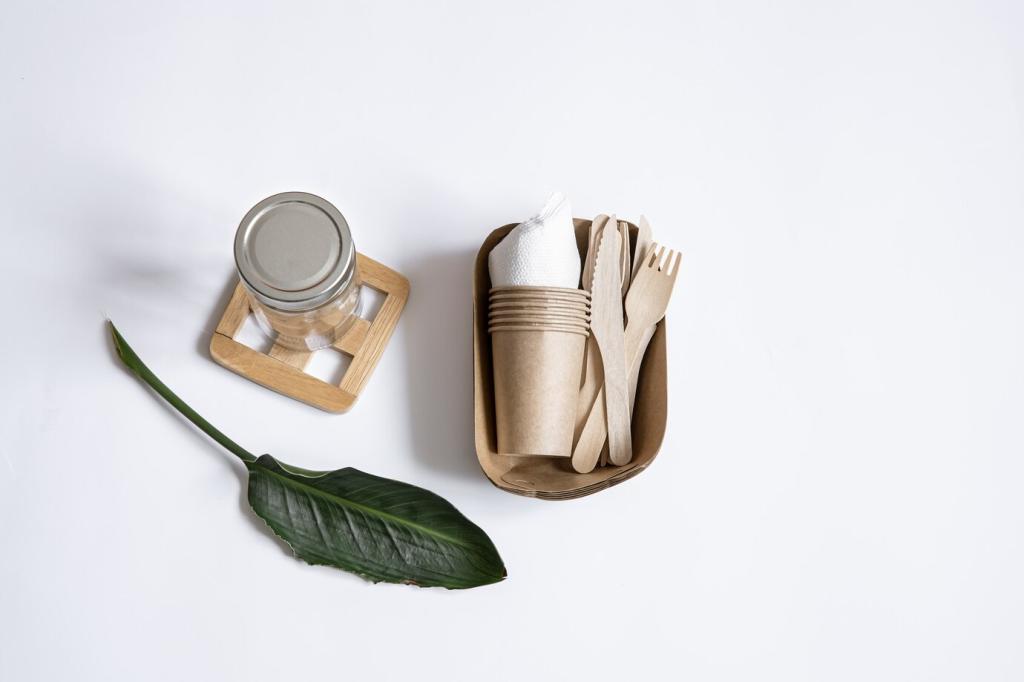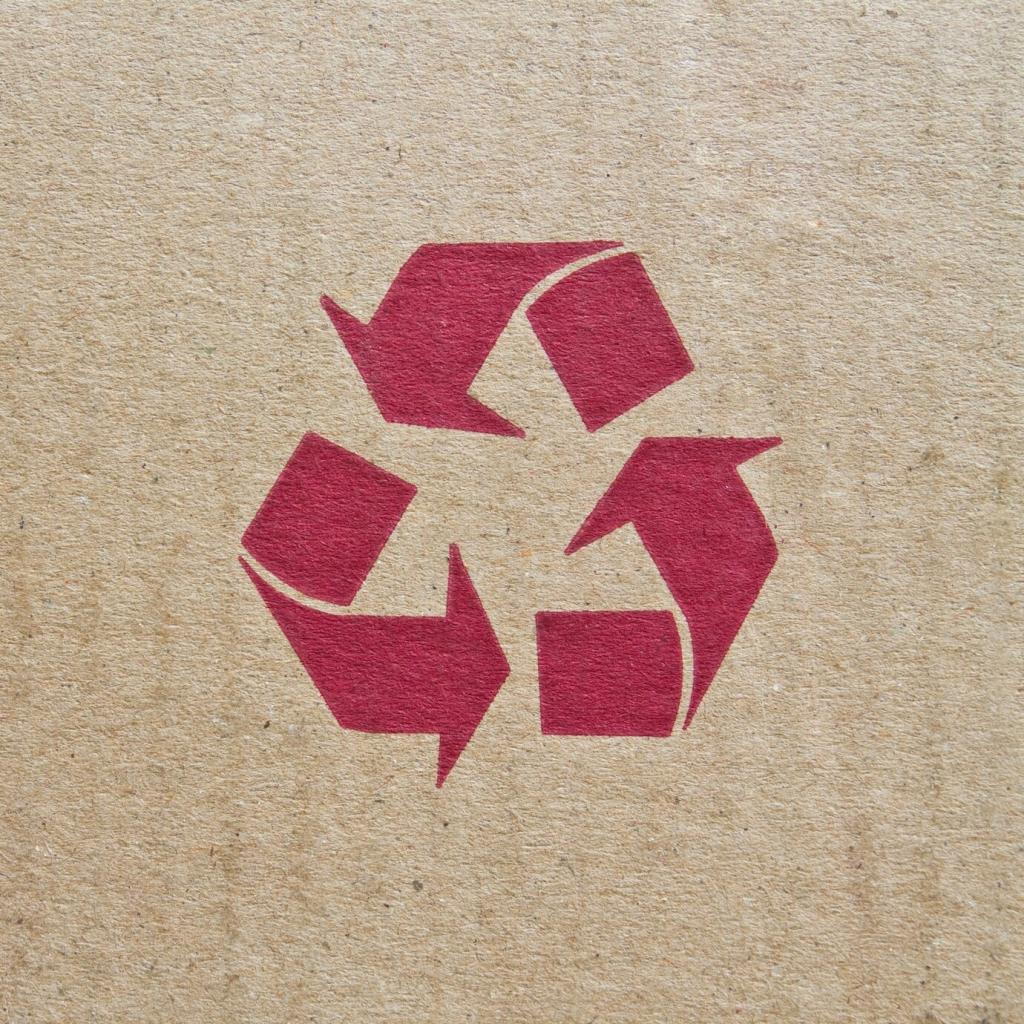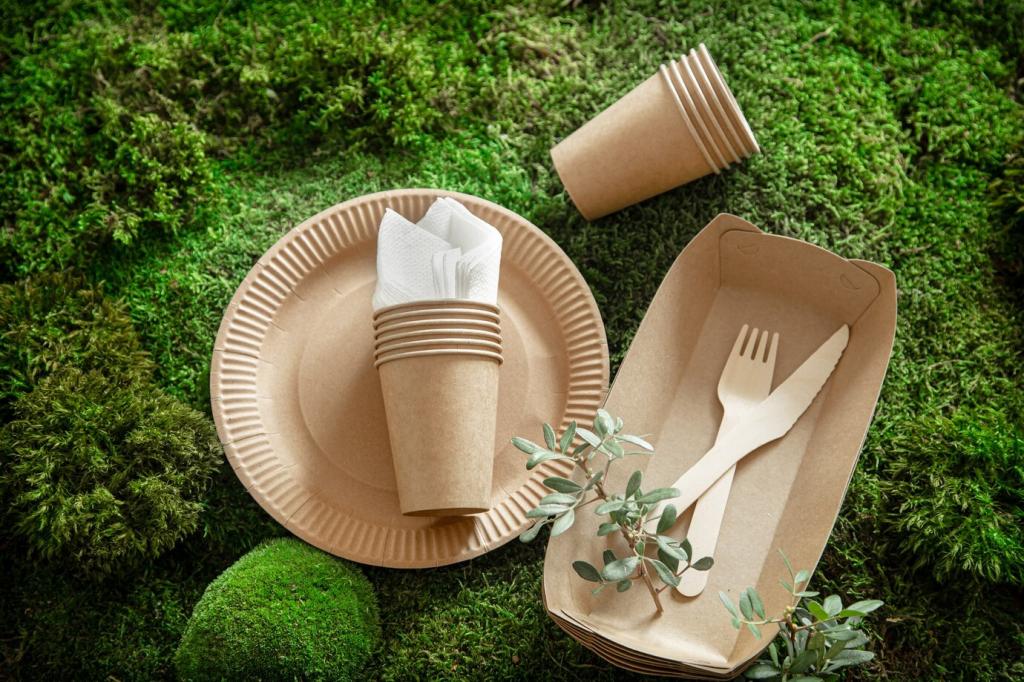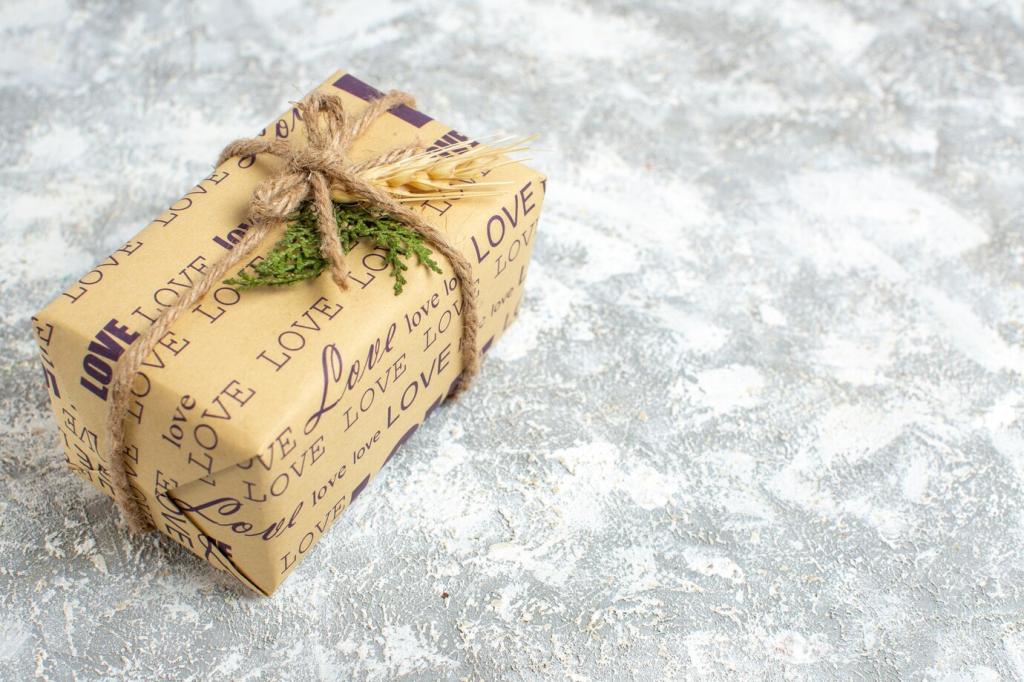Innovative Biodegradable Packaging Designs for E-Commerce
The evolution of e-commerce has transformed not only how we shop, but also how products are packed and delivered. Among the most significant advancements is the emergence of biodegradable packaging designs. These forward-thinking innovations address growing environmental concerns by prioritizing materials and structures that break down naturally, reduce waste, and support a circular economy. E-commerce businesses adopting these solutions demonstrate their commitment to sustainability, customer satisfaction, and regulatory compliance. This page explores the latest trends, materials, and strategies shaping the future of eco-friendly, biodegradable packaging for the online marketplace.

The Importance of Biodegradable Packaging in E-Commerce
One of the main drivers behind the adoption of biodegradable packaging in e-commerce is the need to reduce long-term environmental damage. Conventional packaging materials, such as plastics and foams, can take hundreds of years to decompose, leading to massive accumulation in landfills and oceans. Biodegradable packaging, developed from natural polymers or plant-based components, decomposes much faster and integrates harmlessly into natural cycles. This not only limits pollution, but also aligns e-commerce brands with global efforts to combat waste and preserve natural resources for future generations.


Plant-Based Polymers
Plant-based polymers, such as polylactic acid (PLA) and thermoplastic starch, are reshaping the packaging landscape. Derived from renewable sources like corn, sugarcane, or potato starch, these materials offer similar strength and flexibility to petroleum-based plastics while naturally decomposing after use. Their adaptability allows for the creation of various packaging forms, from bags to cushioning and wraps. Innovations in plant-based polymers continue to improve their durability and shelf life, ensuring that they reliably protect products during shipping and storage while maintaining eco-friendly credentials.

Mushroom Packaging
Mushroom packaging, crafted from fungal mycelium and agricultural byproducts, represents a biodiverse leap forward in sustainable cushioning solutions. Grown into custom molds, mycelium-based materials can naturally encase delicate goods, providing shock absorption and protection. After serving their purpose, these packages break down quickly in composting conditions without leaving toxic residues. The development process is energy-efficient, requiring less water and generating fewer emissions compared to traditional packing peanuts or foams, making mushroom packaging an attractive option for environmentally minded e-retailers.
Design Strategies for Functional and Attractive Biodegradable Packaging
Minimalist Structural Design
Minimalist structural design involves reducing packaging to its most essential components, eliminating excess while maintaining adequate protection for the product inside. By embracing simplicity, designers cut down on material usage and shipping weight, further decreasing the carbon footprint of e-commerce deliveries. Minimalist designs often leverage folding, nesting, or interlocking elements to create secure enclosures without adhesive or plastic fillers. Such packaging solutions not only signal environmental consciousness but also delight customers with their elegant efficiency and straightforward recyclability or compostability.

